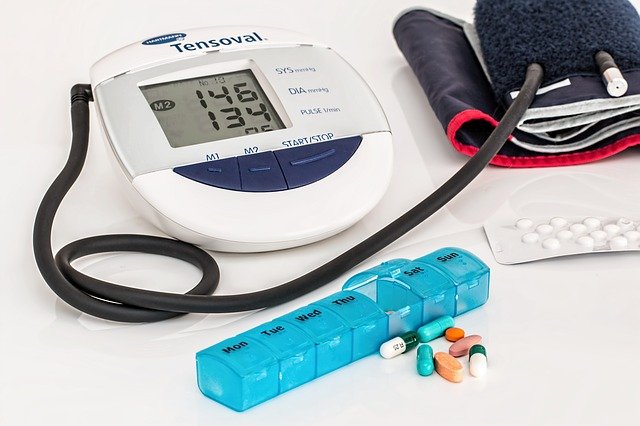HealthDay Reporter
WEDNESDAY, June 29, 2022 (HealthDay News) — Even though Black people may be more likely to live near a hospital with a certified stroke center, those who need the specialty care are still more likely to receive it at a hospital with fewer resources.
And this can hurt their chances for recovery, a new study shows.
“Black, racially segregated communities tended to cluster in areas with large populations, where stroke care must accommodate a much higher level of demand,” explained Dr. Renee Hsia, from the Department of Emergency Medicine at University of California, San Francisco, and a core faculty member at the UCSF Philip R. Lee Institute for Health Policy Studies.
“Crowding may prevent patients from accessing the stroke center, and even if they do access it, they may not be able to be seen as quickly due to shortages of beds, critical care physicians, nurses and equipment,” Hsia said in a university news release.
In the study, the researchers tracked patient demographics of general acute-care hospitals in the United States that offered stroke certification over a 10-year period. They found that among 4,984 hospitals, 961 were stroke-certified in 2009 compared to 1,763 in 2019.
Centers can be certified as primary stroke centers, which provide standard care, to comprehensive stroke centers that can treat the most complex cases.
Being treated at a stroke center is associated with lower rates of mortality and severe disability, recent studies have shown. Reasons for that include rapid triage, specialized neurosurgeons on duty, advanced imaging facilities and swift access to thrombectomy, which is a surgical procedure to remove a blood clot from inside an artery or vein.
The study found that residents of majority Black communities were 67% more likely to live near hospitals with specialty stroke centers compared to majority white communities. Yet, when researchers adjusted for population and hospital bed capacity, they found that Black people were 26% less likely to receive care there.
There is greater demand for stroke care in Black communities, the study noted.
Researchers also compared access using income, finding that residents in predominantly high-income areas were 3.4 times more likely to live close to a hospital with a certified stroke center compared with residents in predominantly low-income areas.
Patients in rural areas were also much less likely to be served by hospitals with certified stroke centers than those living in urban areas.
Population size and a community’s underlying needs should be a part of the decision to open a new stroke center, Hsia said.
“Currently, the distribution of stroke care is more motivated by profit potential, rather than community need. We found that for many in low-income, minority and rural communities, specialized stroke services are not even an option,” Hsia said. “Policymakers may want to consider how they can reduce financial barriers for hospitals in these communities where certified stroke centers are needed.”
The findings were published June 27 in JAMA Neurology .
More information
The American Stroke Association has more on stroke prevention.
SOURCE: University of California, San Francisco, news release, June 27, 2022

